Anti-reflective coatings on solar panels are a crucial area of development in the renewable energy sector, with machine learning tools playing an increasingly important role in their optimization. This interest is surging now due to the growing demand for more efficient and cost-effective solar energy solutions.
Why Anti-Reflective Coatings Matter
Solar panels have a secret weapon: anti-reflective coatings. These special layers transform how panels capture sunlight, turning what could be wasted light into pure electricity. Without these coatings, solar panels would bounce away up to 30% of incoming sunlight. With them, that waste drops to just 5%.
The benefits go beyond just generating more power. These coatings can reduce glare, allow panels to be placed in more locations, and even help keep themselves clean. They’re like a superhero upgrade for solar technology, making panels more efficient and potentially reducing energy costs.
Why Machine Learning is Key in This Field
- Reducing Time and Cost of Experimentation: The design space for ink formulations is vast. Factors such as graphene concentration, solvent type, additives, and processing conditions can vary widely. Machine learning allows for more efficient exploration of this space, reducing the number of experiments needed.
- Handling Complex and Noisy Data: Experimental data in this field is often sparse and noisy due to the difficulty of controlling all variables in chemical and physical processes. Our software, with its ability to build models from incomplete and scattered data, is ideal for such applications.
- Sustainability and Efficiency: The solar industry is driven by the need for more sustainable solutions. Machine learning helps maximize the performance of anti-reflective coatings while minimizing the use of costly or scarce materials, such as zirconium oxide.
Factors Driving Interest in AI
The growing interest in using AI for designing anti-reflective coatings is fueled by several factors:
- Increased Awareness: Researchers are recognizing the potential of data-driven approaches to optimize processes in materials science, particularly for solar energy applications.
- Sustainability: The industry continues to seek improvements in solar panel efficiency by cutting production costs and reducing environmental impact.
- Innovation in Materials: Porous silica and other nanomaterials offer unique properties, but their implementation requires precise design. Computational tools accelerate the exploration of these possibilities, making the process more efficient.
Challenges and Solutions in Coating Design
Development teams face multiple challenges when designing inks for anti-reflective coatings:
- Optical Efficiency: Maximizing reflectance reduction to improve light absorption.
- Durability: Ensuring the coating withstands harsh environmental conditions, such as UV exposure and humidity.
- Cost: Minimizing the use of expensive materials without compromising performance.
- Scalability: Ensuring formulations are viable for large-scale production.
Our software addresses these challenges through experimental design tools that allow users to define constraints and optimize formulations. For example, users can specify limits on silica concentration or the number of other additives, and the software proposes the most promising combinations for experimental validation.
Solar Innovation: How Artificial Intelligence is Reshaping Sustainable Energy
While AI won’t replace scientists in designing anti-reflective coatings, it is proving to be a powerful ally. By combining human expertise with the predictive capabilities of machine learning, we can accelerate innovation and achieve significant advancements in solar panel efficiency.
At DxTER, we are committed to this vision. We believe AI will not only improve the performance of anti-reflective coatings but also contribute to a more sustainable and energy-efficient future.


